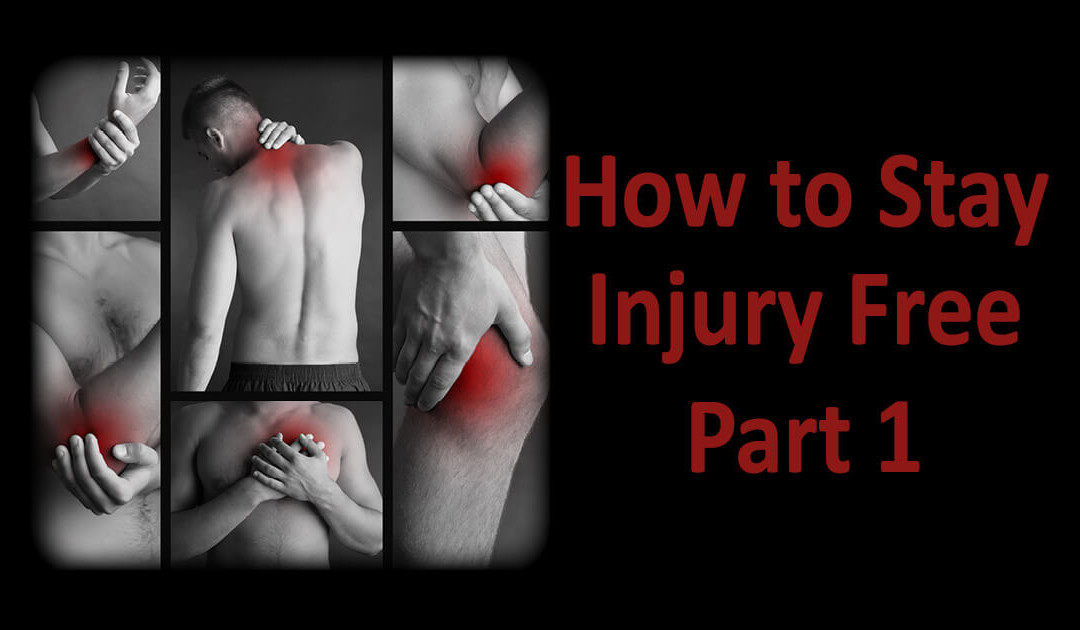No matter how great of shape you’re in, the reality is your body is interacting with the world around it each and every day. Depending on how high your body’s threshold is will determine what your body perceives as a stress or not. This threshold is a continuum. I always give my patients these examples: on one end you have your little old lady who can barely get out of bed before she has to sit back down due to pain and exhaustion. On the other end you have your elite, Olympic, pro athletes who are doing the impossible and are completely fine. The question is, where are you on this continuum?
Another reality is that you can not permanently fix anything as long as you’re still living in this world. To some degree, again depending on your threshold, your body is going to compensate. Compensation is part of life and how we continue to do the tasks at hand. However, working in a compensated state can only last so long before the body starts giving you signals that something is not right, tightness, decrease in range of motion and eventually pain. If you ignore the signals long enough, they do eventually go away only because your body has been forced to find another way to do what you’re asking it to do. It has compensated again. This can be the very reason your pain comes and goes. Eventually, the body will run out of ways to compensate and the pain will not go away until you address the issues.
As an athlete or someone living an active lifestyle, to perform at your best without effort requires a body that is compensating as little as possible. The more the body is functioning the way it was intended to, the less effort it will take to perform at your highest level. In other words, you need to keep your body compensating as little as possible so it’s like a fine-tuned machine. How do you do this? There are lots of avenues to consider. I am a chiropractor and completely believe in the benefits of chiropractic. Chiropractic not only makes sure the brain and body can communicate with each other without interference, but also addresses the biomechanical imbalances in the skeletal, muscular and fascial systems. I recommend people get regular “tune-ups” to ensure the body is biomechanically balanced. These “tune-ups” happen before any pain is present. Remember, pain only comes on after the body hasn’t been working correctly for a period of time. To learn more about how chiropractic may benefit you, check out this link.
Along these same lines, it’s important to incorporate strength training into your regimen. I’m not saying you have to go pump iron at the gym either. There are so many GREAT body weight exercises you can do in the comfort of your own home or outdoors using nature as your platform. A couple of my friends have created an amazing business that gets people back outdoors having fun again and using nature to train. The reason strength training is important is by strengthening the muscles, you’re helping decrease your risk of injury. One of the main functions of your muscular system is to protect the body. You can’t just do cardio and expect for your muscles to get stronger and be better at protecting your body. To ensure that you’re muscular system is getting worked over, incorporate a variety of activities like Pilates, kick-boxing, boot camp classes, high intensity interval training (HIIT), weight lifting and more in addition to any cardiovascular activity.

